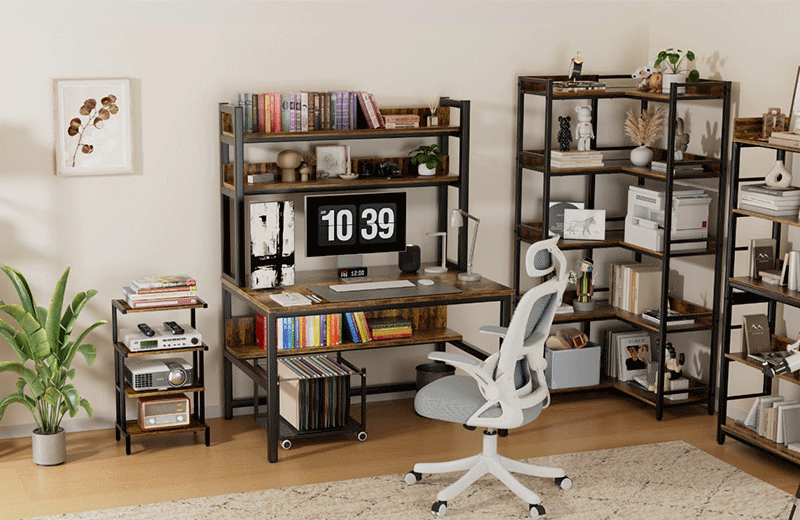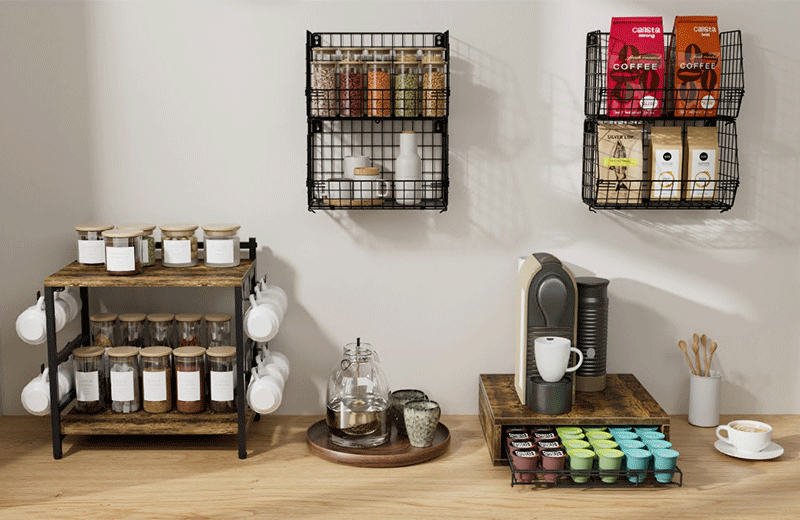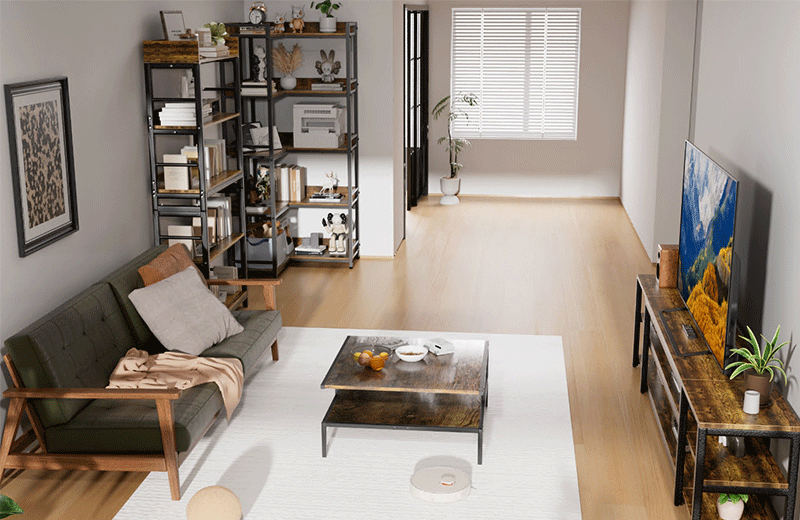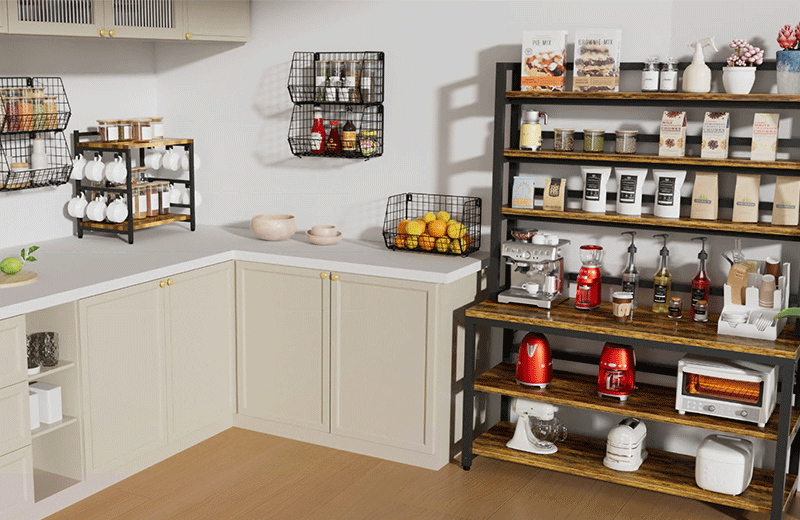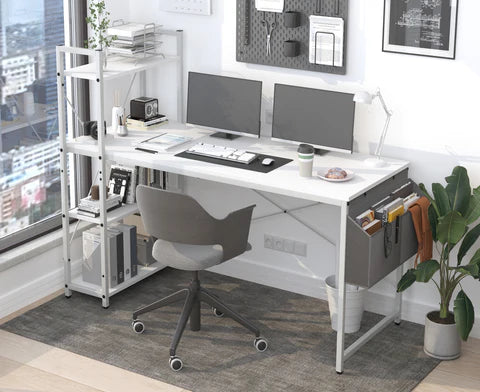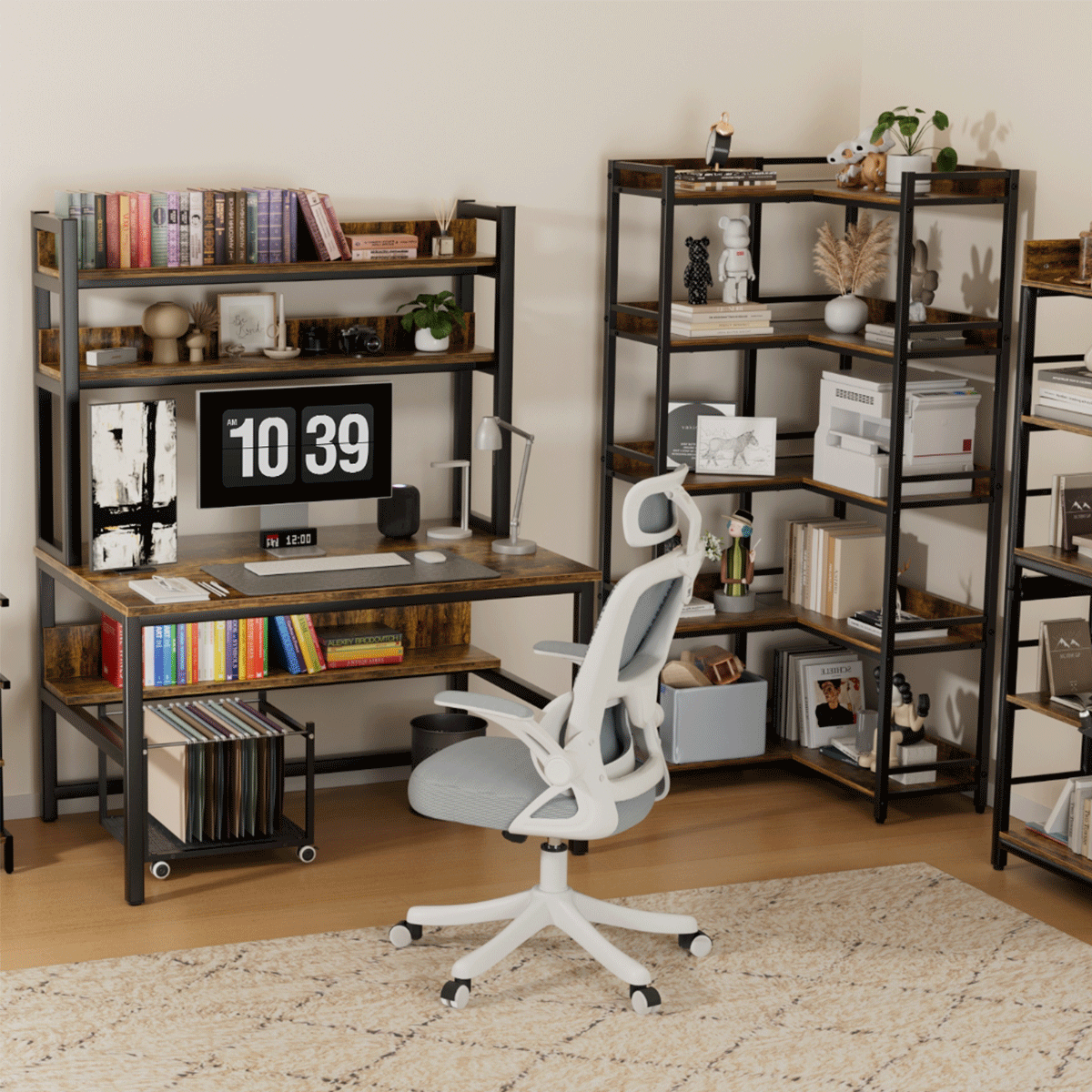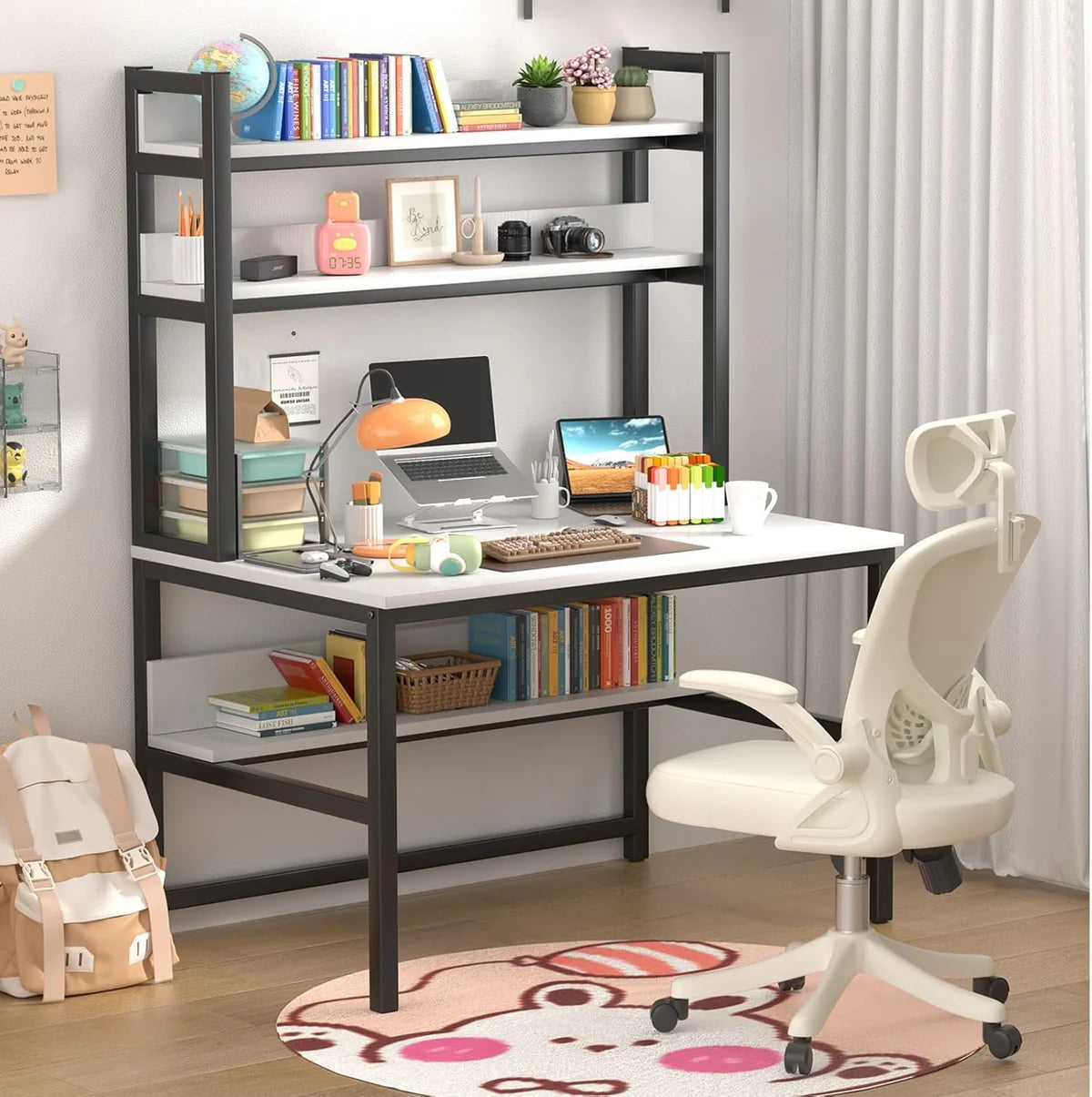A work desk is much more than a piece of furniture; it is the epicenter of productivity, creativity, and focus. Its strategic placement can significantly influence your working habits and overall performance. Therefore, deciding where to locate your work desk deserves considerable thought. In this comprehensive guide, we delve into the factors that determine the best spot for your workstation, aiming to maximize efficiency, comfort, and well-being.

Understanding Your Space:
Begin by evaluating your current environment. Is your designated workspace a separate room, a corner of your bedroom, or perhaps a multifunctional area in your living room? Each scenario presents unique challenges and opportunities. Consider the size of your space, existing furniture layouts, traffic flow, and proximity to distractions.
Light Matters:
Natural light is a game-changer for mood and energy levels. Position your desk near a window to harness daylight, reducing eye strain and enhancing your mental clarity. However, be mindful of glare on your monitor. Utilize blinds or curtains to control brightness and avoid reflections. If natural light is scarce, invest in good artificial lighting, preferably soft white LEDs that mimic natural sunlight.
Minimize Distractions:
An effective workspace should shield you from unnecessary interruptions. If possible, avoid placing your desk close to high-traffic areas, such as doorways, kitchens, or children's playrooms. Noise-canceling headphones can be a valuable ally in noisy environments, allowing you to maintain concentration amidst chaos.
Ergonomics Count:
Your physical health mustn't be compromised by your workspace setup. Ensure that your desk is at elbow height to promote proper posture and prevent wrist strain. The chair should support your lower back and enable your feet to rest flat on the floor. Consider adjustable desks to switch between sitting and standing throughout the day, promoting circulation and reducing sedentary impacts.
Technology Accessibility:
Modern workstations demand reliable connectivity. Place your desk in a spot with strong Wi-Fi signals and easy access to power outlets. Cable management is critical to maintaining a tidy workspace, preventing tripping hazards and visual clutter. Use cord organizers and clips to keep cords neatly bundled.
Personalization & Comfort:
Infuse your personality into your workspace. Decorate with plants, artwork, photos, or inspirational quotes that uplift your spirits. Keep essential supplies within arm's reach but out of sight in drawers or on shelves to minimize desk clutter. A clean, organized desk fosters clear thinking and boosts motivation.
Acoustic Considerations:
Soundproofing can be crucial, especially if you live in a bustling household or neighborhood. Consider adding acoustic panels or thick curtains to dampen noise. Alternatively, ambient sounds via apps or devices can create a serene background, aiding in concentration and focus.
Flexibility for Growth:
Anticipate changes in your working patterns or technological advancements. Choose a desk that can accommodate additional gadgets or documents as your needs evolve. Multi-functional furniture, such as desks with integrated shelves or filing cabinets, optimizes limited space.
Collaboration Zones:
For those who frequently engage in virtual meetings or collaborate remotely, consider dedicating a portion of your workspace for video calls. Ensure that your camera's backdrop is neutral and professional, minimizing distractions for colleagues or clients.
Mindset & Environment:
Lastly, your mindset plays a vital role in productivity. Create a space that inspires you. Perhaps a view of nature outside a window, a motivational quote on the wall, or a calming scent from a diffuser can boost your morale and drive. Make your workspace feel sacred—a retreat where ideas flourish and tasks are tackled with vigor.
Conclusion:
Deciding where to place your work desk is a multi-faceted decision influenced by numerous variables. By prioritizing natural light, minimizing distractions, ensuring ergonomic comfort, managing technology, personalizing your space, and fostering flexibility, you can craft an ideal workspace that nurtures productivity, health, and creativity. Remember, the goal is not merely to work but to thrive in your environment, turning even mundane tasks into fulfilling endeavors. So, take the time to analyze your needs, experiment with setups, and tailor your workspace until it becomes the catalyst for your success.

